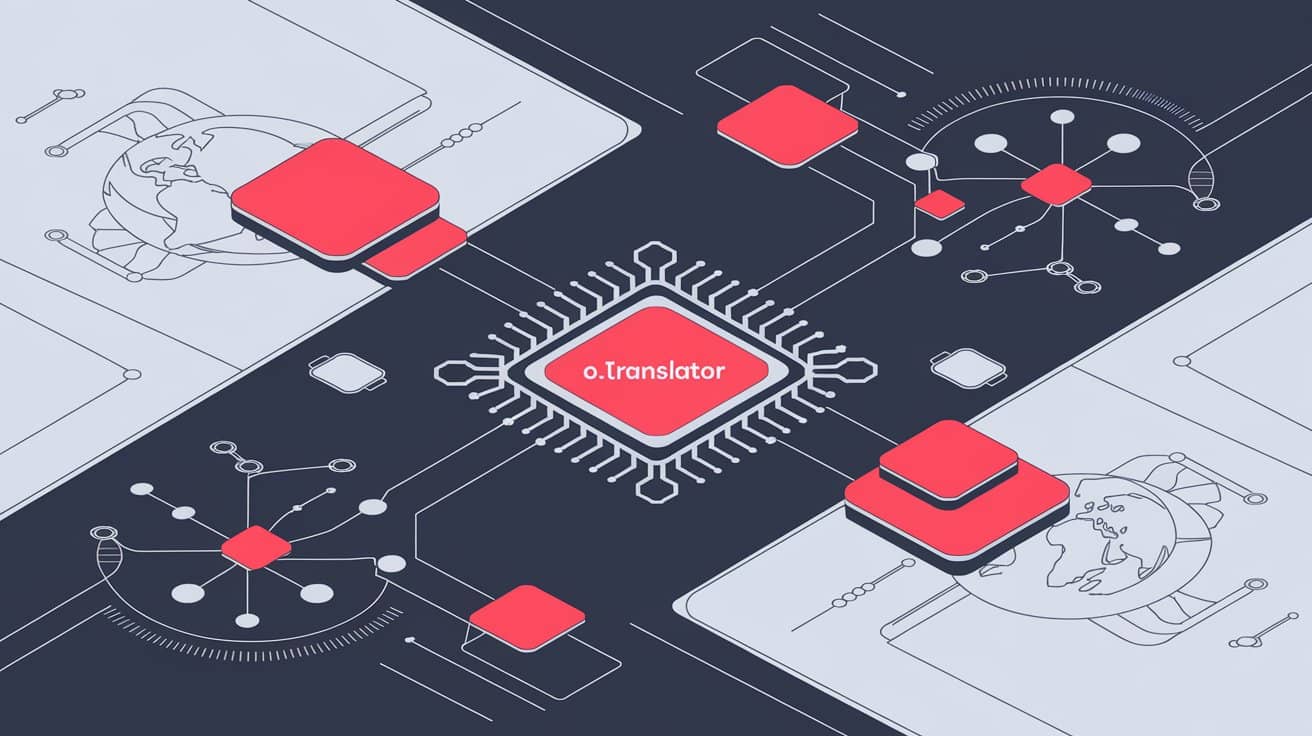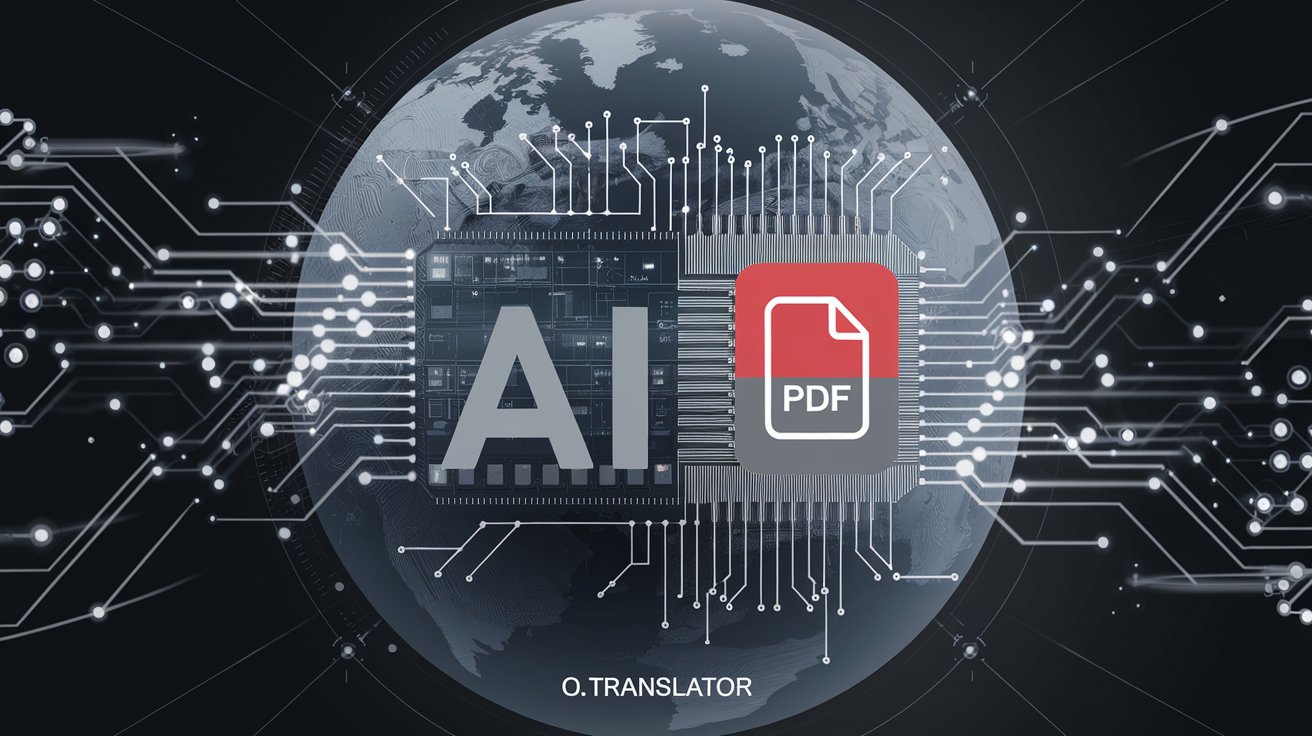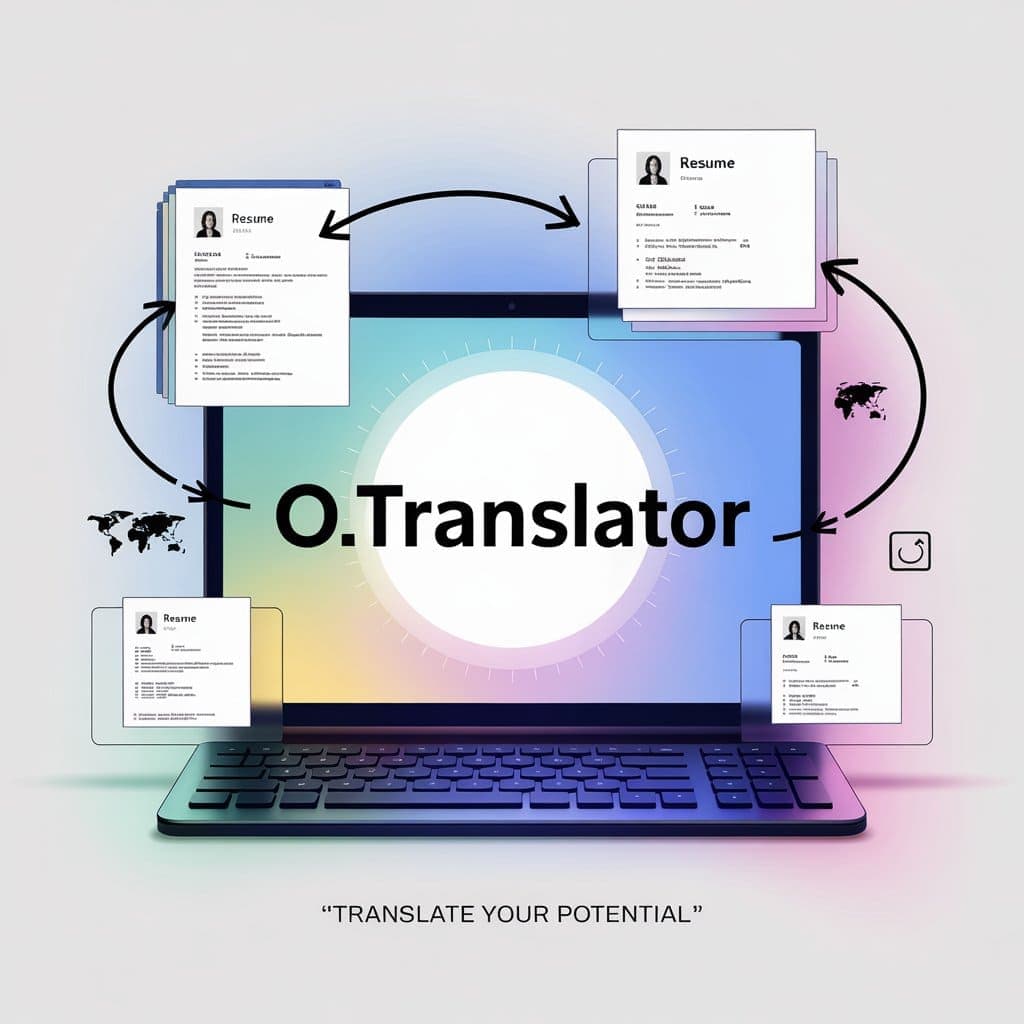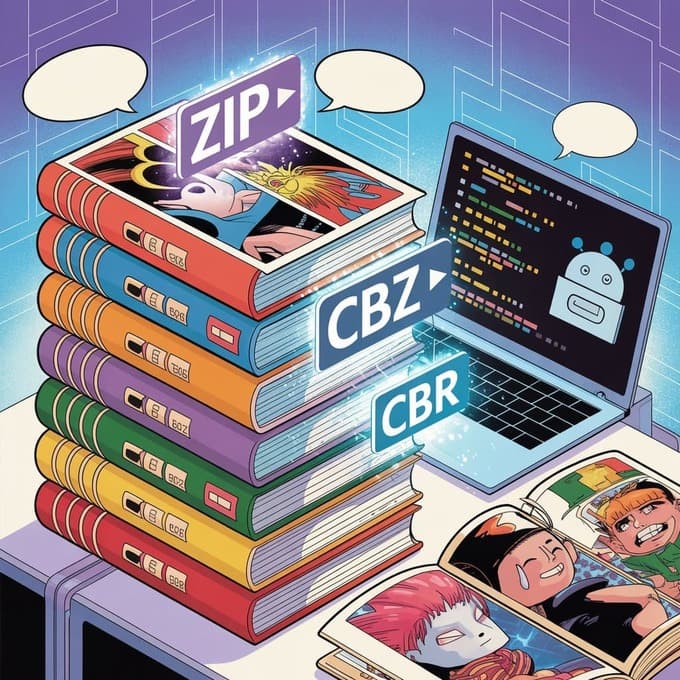Beyond Words: AI PDF Translation That Truly Preserves Design
Loger
Jan 05, 2025

Say Goodbye to Formatting Chaos: How Does AI PDF Translation Perfectly Preserve the Original Design?
Have you ever spent hours carefully designing a PDF report, only to see all your formatting fall apart after translation? Misaligned text, shifted images, broken tables… It’s a nightmare for anyone who works with multilingual documents. PDFs are popular for their consistent display across platforms, but that same 'fixed' nature makes translation especially tricky.
But don’t worry—things are changing. Today, let’s explore how AI is revolutionizing PDF translation—and dive into how O.Translator is making ‘high-fidelity translation’ a practical reality in this tech revolution.
Why is translating PDFs such a headache?
PDFs were originally designed for “display,” not for “editing,” which naturally creates obstacles for translation. The traditional translation process is usually 'convert the format first, then translate,' and this process is full of pitfalls.
- The ‘disaster’ of format conversion: Converting a PDF to an editable format like Word (DOCX) often leads to:
- Layout collapse: Carefully designed paragraphs and mixed text-and-image layouts can instantly fall apart, with text and images each going their own way.
- Content loss: Text overlaid on images and complex charts can easily disappear or become unrecognizable during conversion.
- Garbled Special Characters: Mathematical formulas and special symbols in academic papers often become a jumble of unreadable characters after conversion.
- The 'Context Deficiency' of Machine Translation:
- Fragmented sentences: To achieve better layouts, PDFs frequently break up a complete sentence across multiple lines—or even columns. Traditional translation tools treat these fragments as independent sentences, resulting in translations that are illogical and confusing.
- Insufficient Contextual Understanding: Without a holistic grasp of the entire document, machines can only provide stiff, literal translations, completely failing to convey the original tone, intent, and nuances.
As a result of these issues, even after the translation is complete, you still have to spend a great deal of time and effort manually proofreading and reformatting—it's both time-consuming and exhausting.
How does AI step in to rescue us from the challenges of PDF translation?
Fortunately, the rapid development of artificial intelligence—especially large language models (LLMs)—has brought us a whole new range of solutions.

An AI translator who truly understands you
Unlike traditional machine translation, modern AI models have powerful 'brains':
- Deep contextual understanding: LLMs learn from vast amounts of data, allowing them to comprehend the context of entire paragraphs and even whole articles—just like a human. They can accurately recognize slang, technical terms, and cultural differences, producing translations that are not only accurate but also fluent and natural.
- Logic and coherence: AI is no longer restricted to isolated sentences. It focuses on the logical flow of the entire text, ensuring translations remain true to the original meaning while staying fluid and natural in the target language.
- Powerful adaptability: Whether it's a meticulous legal contract, a technical manual, or an elegantly written literary work, AI can adapt its translation style to ensure accuracy in both terminology and tone.
Beyond Translation: How Does O.Translator Deliver a 'What You See Is What You Get' Revolution?
At O.Translator, we do more than just use AI to enhance translation quality. We’ve dedicated substantial effort to tackling the core challenge of PDF translation—the preservation of formatting. We believe the best translation is one where you can barely notice it's been translated at all.
-
Direct Translation Without ConversionThis direct PDF translation technology completely eliminates the risk of layout chaos caused by format conversion. What you upload is exactly what you download after translation.
-
Intelligent Structure Analysis and Sentence Reconstruction When a PDF contains fragmented sentences, our AI can seamlessly recognize these text fragments and accurately piece them together into coherent, logical sentences before translating. This ensures that even the most intricately formatted documents have their core meaning conveyed fully and accurately.
-
Effortlessly Tackle Complex Content Real-world documents are much more intricate than simple plain text. O.Translator is thoroughly prepared for that:
- Academic Papers: We can accurately handle even the most complex mathematical formulas and symbols found in arXiv papers.
- Scanned Documents: For image-based or scanned PDFs, our powerful OCR (Optical Character Recognition) feature precisely extracts text, enabling high-quality translation.
- Business reports: Charts, headers and footers, multi-column layouts... While these may pose challenges for other tools, for us, they're just standard procedure.
What does this mean for you? It saves you time, money, and hassle.
With O.Translator's AI solution, you can enjoy real, tangible benefits:
- Exceptional time efficiency: Say goodbye to tedious manual formatting and focus your valuable time on truly meaningful work. Our platform delivers high-quality translations at remarkable speed.
- Significant cost savings: Compared to traditional human translation services, AI translation greatly reduces costs, making high-quality multilingual communication accessible to everyone.
- An unmatched, convenient experience: Simply upload your PDF, select your desired language, and let us take care of the rest. The entire process is smooth and seamless, requiring no technical background.
We care about security and privacy just as much as you do.
We understand that many documents contain sensitive information. That's why data security is our top priority.
- End-to-end encryption: All files are strictly encrypted during transmission and processing.
- Automatic deletion: Files are automatically deleted after translation is complete, and you can also manually remove them at any time—giving you complete control over your data.
- Enterprise-Grade Security: For organizations with the highest standards for security and compliance, we also provide an Enterprise Private Deployment Solution, ensuring all data processing takes place entirely within your own infrastructure.
The future of PDF translation: This is just the beginning
AI-powered PDF translation is full of exciting possibilities. At O.Translator, we're actively exploring:
- Human-AI Collaboration: Combining the high efficiency of AI with the precise review and editing of human experts. You can use our bilingual comparison and review feature, or combine it with post-editing, to achieve perfect translation results.
- Enhanced Customization: Empowering users to customize terminology databases and create a unique translation style.
- API Integration: Seamlessly integrate O.Translator’s powerful capabilities into your current workflows and applications.
Conclusion
The numerous challenges of translating PDFs once stood as barriers to the free flow of knowledge and information worldwide. But now, AI technology is breaking down these barriers like never before.
At O.Translator, our mission is to harness this power to deliver a solution that is not only efficient and economical but also preserves the highest standards of accuracy and layout fidelity. We are dedicated to removing language barriers, enabling everyone and every organization to communicate more effectively in an increasingly interconnected world.
It's time to say goodbye to tedious formatting adjustments and focus your energy on what truly matters: creating meaningful content.
Upload your PDF now and see for yourself how O.Translator can transform your translation experience.
About O.Translator
O.Translator is a leading AI translation platform dedicated to providing high-fidelity direct document translation services. We harness advanced artificial intelligence and natural language processing technologies to deliver high-quality translations while preserving your document’s original format and integrity. Our mission is to make accurate, efficient translation services accessible to everyone, fostering communication and collaboration around the globe.
Theme

tutorial
Published Articles12
Recommended reading


